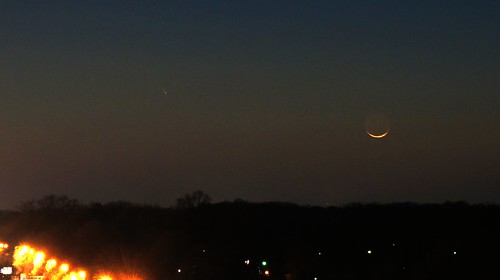More space-related reading from recent weeks:
Why can Hubble get detailed views of distant galaxies but not of Pluto? (Emily Lakdawalla for Planetary Society) Because galaxies are really big and planets are really tiny by comparison and Hubble was made to look at big things.
Up: the story behind Richard Branson’s goal to make Virgin a galactic success (Adam Higginbotham for Wired UK)
Swimming with spacemen: training for spacewalks at NASA’s giant pool (Lee Hutchinson for Ars Technica)
AmericaSpace Exclusive Interview With Golden Spike’s Dr. Alan Stern — former NASA scientist Alan Stern headed up the New Horizons mission to Pluto, and now is President and CEO of Golden Spike, a private lunar exploration company.
Space Launch System Truths and Misconceptions — another AmericaSpace interview, this one with Dan Dumbacher of NASA, whose agency title is a mouthful: Deputy Associate Administrator for Exploration Systems in the Human Exploration and Operations Mission Directorate. (Mostly meaning “person in charge of Orion capsules and the big rockets that launch them.”)
China’s Long March 5 Will Not Launch Until 2015 (Bradley Perrett for Aviation Week) On delays affecting China’s production of future rockets.
NASA’s LRO Sees GRAIL’s Explosive Farewell — As the GRAIL spacecraft crashed into the moon at the end of their mission to observe lunar gravitation, the Lunar Reconaissance Orbiter was able to observe the plumes of dust kicked up by the impact.







